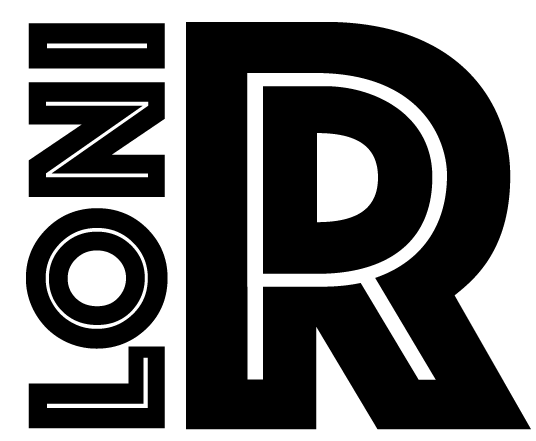PI Name: Scott K. Holland
Institution: Children’s Hospital Medical Center (Cincinnati)
Abstract:
Advanced non-invasive imaging methods represent powerful tools for tracking the structural and functional development of the healthy human brain. However, prior studies employing MRI to map functional development in children are mostly clinically motivated and/or have concentrated on relatively small samples of non-representative age groups and demographics. Further, the use of variable magnet field strengths and non-standard methodologies has made it impossible to generalize findings across studies. To advance scientific knowledge and allow reliable interpretation of pediatric MRI data in large-scale studies, this DBP is centered on developing and standardizing methods for performing multi-center functional and structural MRI studies of child brain development from infancy to late adolescence. This project will address many of the challenges associated with studying children to ensure that data within this age cohort are optimally collected, processed, analyzed, and interpreted. Specific aims include the development of standardized blood-oxygenation-level dependent (BOLD) functional MRI (fMRI) and arterial spin labeling (ASL) protocols for use with typically developing children. Brain perfusion studies using ASL, passive fMRI assessments and complementary structural imaging sequences will be collected from 200 children between the ages of 0 and 18 years old who will remain unsedated during scanning. The same protocols will be used for the longitudinal assessment of 100 typically developing children between 0-3 and 7-9 years of age respectively. Integrated fMRI and ASL employing activation tasks targeted at the neurocognitive domains of language and attention as well as structural imaging data will be used to address neural plasticity associated with brain maturation in functional networks. The contributions of the DBP to the Resource includes access to rich, multi-dimensional cross-sectional and longitudinal image datasets from a large sample of typically developing children that will provide the basis and power needed for the development, application, and implementation of processing and statistical tools optimized for studying the maturing brain, and for determining the dynamics of structural and functional connectivity within language and attention networks during neurodevelopment. LONIR TR&D will provide the DBP and the scientific community with protocols and software tailored towards addressing quality control, image processing, visualization and the analysis of pediatric MRI data. The LONIR and DBP will also provide an initial database of representative structural MRI and fMRI-ASL data in children ranging in age from 0 to 18 years.



